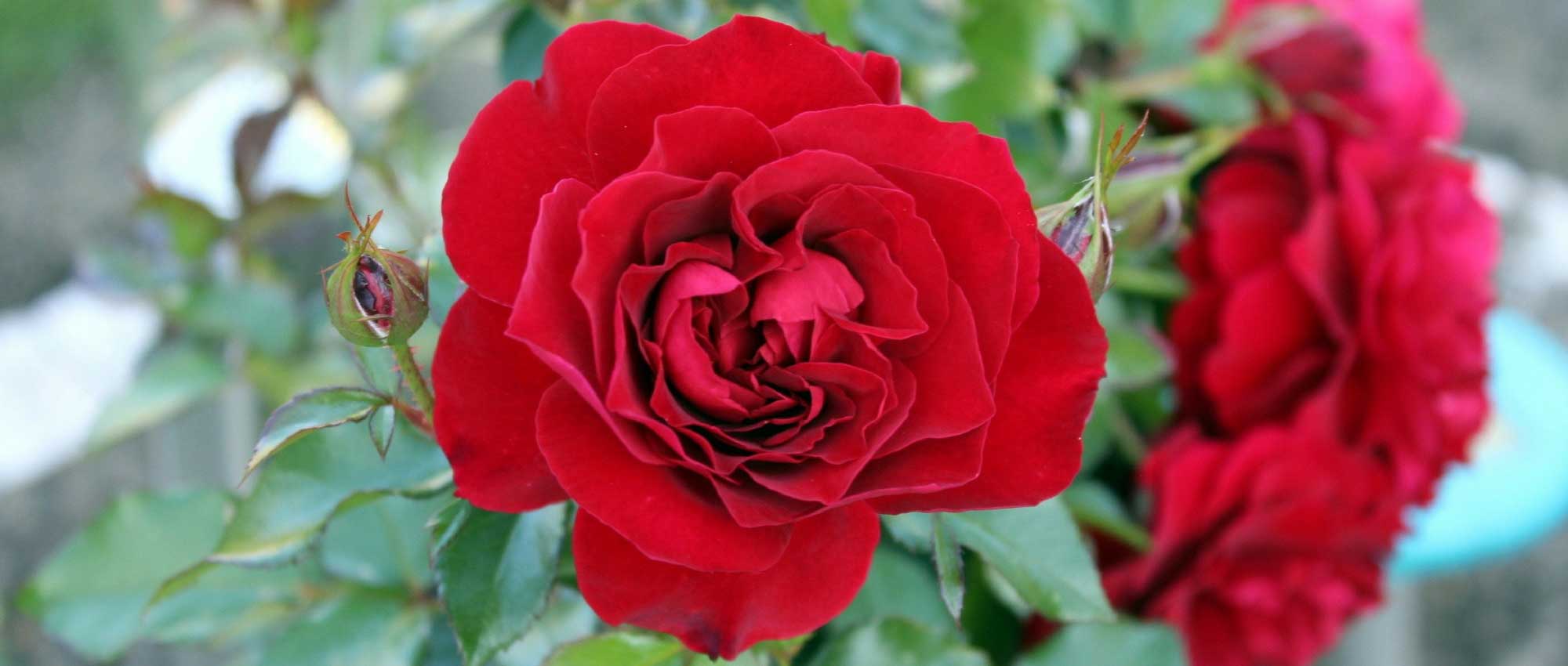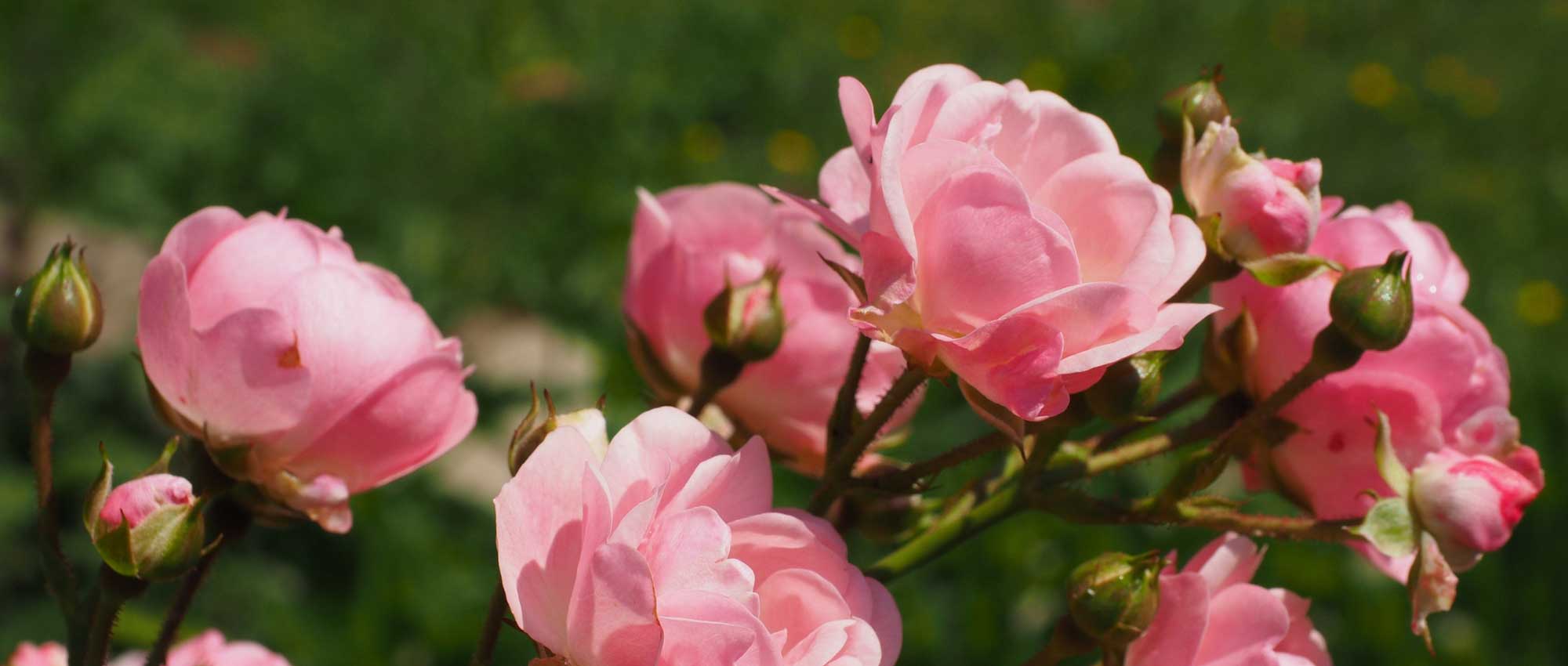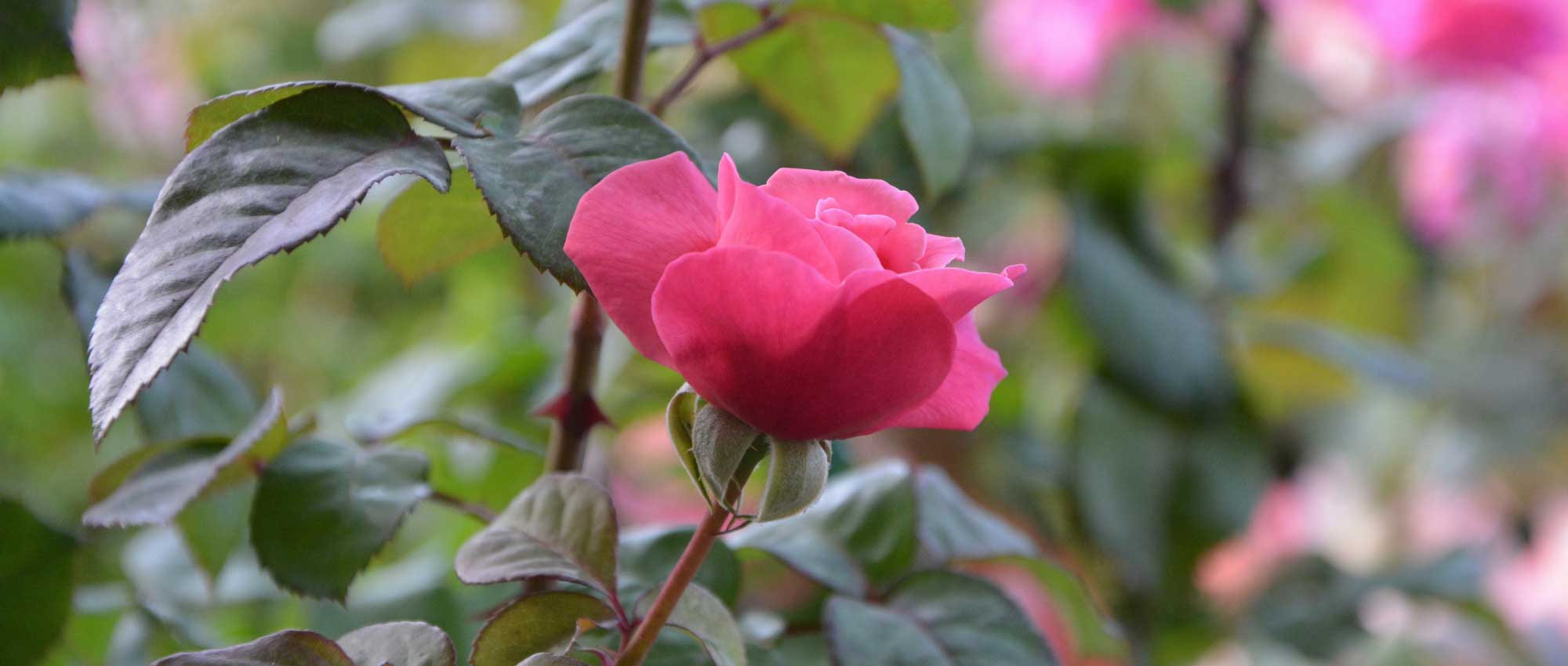

Rosa Red Drift - Groundcover Rose
Rosa Red Drift - Groundcover Rose
Rosa 'Meigalpio' RED DRIFT®
Groundcover Rose
Special offer!
Receive a €20 voucher for any order over €90 (excluding delivery costs, credit notes, and plastic-free options)!
1- Add your favorite plants to your cart.
2- Once you have reached €90, confirm your order (you can even choose the delivery date!).
3- As soon as your order is shipped, you will receive an email containing your voucher code, valid for 3 months (90 days).
Your voucher is unique and can only be used once, for any order with a minimum value of €20, excluding delivery costs.
Can be combined with other current offers, non-divisible and non-refundable.
We guarantee the quality of our plants for a full growing cycle, and will replace at our expense any plant that fails to recover under normal climatic and planting conditions.

Description
The Red Drift® Groundcover Rose is a compact and floriferous variety, ideal for bringing structure to a garden and adding a touch of intense colour. This small bush with a low and spreading habit belongs to the Drift® range developed by Meilland, renowned for its hardy, easy-to-grow, and continuously flowering landscape roses. Its bright vermilion red flowering begins in May and renews itself without interruption until the first frosts, creating a carpet of blooms that stands out beautifully against a glossy dark green foliage. Its low and dense habit makes it perfect for flowerbeds, rockeries, borders, and container cultivation on a patio. It combines disease resistance, adaptability to many soil types, and ease of maintenance, making it an ideal choice for gardeners seeking a reliable and abundant ornamental plant.
The 'Meigalpio' Red Drift® rose is a hybrid variety developed to offer controlled growth and abundant flowering. This compact and spreading rose forms a low, dense bush reaching 20 to 30 cm in height and 40 to 50 cm in spread, creating a trailing groundcover effect. Its short, ramified, and slightly arched stems gradually widen, producing numerous floriferous shoots that ensure a coordinated carpeting effect. The semi-double flowers of approximately 3 cm in diameter bloom continuously throughout the season. Their intense vermilion red colour remains vibrant even under a strong sun exposure, maintaining a sustained brilliance from spring to autumn. Each flower comprises around 20 to 24 petals, forming a slightly open corolla that reveals a heart of golden stamens, adding an extra luminous touch. The deciduous, glossy dark green foliage is dense and healthy, covering the stems well for a tidy appearance even after flowering. Its high disease resistance, in particular to black spot and powdery mildew, enables it to remain attractive throughout the season without requiring any specific treatment. Thanks to its hardiness down to -20°C, this rose is perfectly suited to all gardens. Its rapid growth and ability to anchor well in the soil make it an excellent choice for stabilising slopes where its durable foliageuntil the first frosts will maintain a beautiful visual form. Unlike some trailing groundcover roses with long stems, the Red Drift® variety retains an orderly and compact silhouette, thus limiting maintenance interventions.
Undemanding, the Red Drift® Rose adapts to a wide diversity of soil types provided that they are well-drained. It thrives in full sun, essential for promoting abundant and intense flowering. However, it also tolerates light partial shade, particularly in regions with very hot summers. Its hardiness enables it to withstand moderate drought periods, though mulching at the base will help maintain ground moisture and prolongs flowering. Thanks to its vibrant red colour, it pairs wonderfully with perennials in cool tones such as nepetas, perovskias, or hardy geraniums (‘Rozanne’, ‘Orion’), which contrast with its flamboyant flowers. It also complements low-growing shrubs like lavenders, creeping ceanothus, or santolinas, which share its need for full sun and well-drained soil. In a rockery, it will look stunning paired with sedums, euphorbias, and yarrows, enhancing the natural and structured effect of the ensemble. Along paths or hedge borders, it will form a low and dense line that catches the eye without requiring strict pruning. In a pot or container on a patio, it will add a bright and compact touch, perfect for enlivening a small space. Planted in groups of three to five, it will create a spectacular carpet effect, ideal for modern or cottage gardens.
Plant habit
Flowering
Foliage
Botanical data
Rosa
'Meigalpio' RED DRIFT®
Rosaceae
Groundcover Rose
Rosa Nature Meillandécor®, Rosa RED DRIFT
Cultivar or hybrid
Planting and care
To plant your Red Drift rose, prepare the soil by working it to a depth of 25 cm, breaking up any clumps and adding a base fertiliser such as dried blood or dehydrated horn meal at the bottom of the planting hole. Place your plant after removing it from its pot, covering the top of the root ball with 3 cm of soil, backfill and water thoroughly to eliminate any air pockets. During dry weather, water regularly for a few weeks to encourage root establishment. Also consider feeding your rose with a special rose fertiliser to promote flowering.
Roses often develop spots or look unsightly by late summer, but this does not affect their growth. These spots are not harmful to the rose; it's a natural phenomenon. Follow all our advice to address this issue and read our article: Help: My Roses Have Spots
Planting period
Intended location
Care
Planting & care advice
This item has not been reviewed yet - be the first to leave a review about it.
Haven't found what you were looking for?
Hardiness is the lowest winter temperature a plant can endure without suffering serious damage or even dying. However, hardiness is affected by location (a sheltered area, such as a patio), protection (winter cover) and soil type (hardiness is improved by well-drained soil).

Photo Sharing Terms & Conditions
In order to encourage gardeners to interact and share their experiences, Promesse de fleurs offers various media enabling content to be uploaded onto its Site - in particular via the ‘Photo sharing’ module.
The User agrees to refrain from:
- Posting any content that is illegal, prejudicial, insulting, racist, inciteful to hatred, revisionist, contrary to public decency, that infringes on privacy or on the privacy rights of third parties, in particular the publicity rights of persons and goods, intellectual property rights, or the right to privacy.
- Submitting content on behalf of a third party;
- Impersonate the identity of a third party and/or publish any personal information about a third party;
In general, the User undertakes to refrain from any unethical behaviour.
All Content (in particular text, comments, files, images, photos, videos, creative works, etc.), which may be subject to property or intellectual property rights, image or other private rights, shall remain the property of the User, subject to the limited rights granted by the terms of the licence granted by Promesse de fleurs as stated below. Users are at liberty to publish or not to publish such Content on the Site, notably via the ‘Photo Sharing’ facility, and accept that this Content shall be made public and freely accessible, notably on the Internet.
Users further acknowledge, undertake to have ,and guarantee that they hold all necessary rights and permissions to publish such material on the Site, in particular with regard to the legislation in force pertaining to any privacy, property, intellectual property, image, or contractual rights, or rights of any other nature. By publishing such Content on the Site, Users acknowledge accepting full liability as publishers of the Content within the meaning of the law, and grant Promesse de fleurs, free of charge, an inclusive, worldwide licence for the said Content for the entire duration of its publication, including all reproduction, representation, up/downloading, displaying, performing, transmission, and storage rights.
Users also grant permission for their name to be linked to the Content and accept that this link may not always be made available.
By engaging in posting material, Users consent to their Content becoming automatically accessible on the Internet, in particular on other sites and/or blogs and/or web pages of the Promesse de fleurs site, including in particular social pages and the Promesse de fleurs catalogue.
Users may secure the removal of entrusted content free of charge by issuing a simple request via our contact form.
The flowering period indicated on our website applies to countries and regions located in USDA zone 8 (France, the United Kingdom, Ireland, the Netherlands, etc.)
It will vary according to where you live:
- In zones 9 to 10 (Italy, Spain, Greece, etc.), flowering will occur about 2 to 4 weeks earlier.
- In zones 6 to 7 (Germany, Poland, Slovenia, and lower mountainous regions), flowering will be delayed by 2 to 3 weeks.
- In zone 5 (Central Europe, Scandinavia), blooming will be delayed by 3 to 5 weeks.
In temperate climates, pruning of spring-flowering shrubs (forsythia, spireas, etc.) should be done just after flowering.
Pruning of summer-flowering shrubs (Indian Lilac, Perovskia, etc.) can be done in winter or spring.
In cold regions as well as with frost-sensitive plants, avoid pruning too early when severe frosts may still occur.
The planting period indicated on our website applies to countries and regions located in USDA zone 8 (France, United Kingdom, Ireland, Netherlands).
It will vary according to where you live:
- In Mediterranean zones (Marseille, Madrid, Milan, etc.), autumn and winter are the best planting periods.
- In continental zones (Strasbourg, Munich, Vienna, etc.), delay planting by 2 to 3 weeks in spring and bring it forward by 2 to 4 weeks in autumn.
- In mountainous regions (the Alps, Pyrenees, Carpathians, etc.), it is best to plant in late spring (May-June) or late summer (August-September).
The harvesting period indicated on our website applies to countries and regions in USDA zone 8 (France, England, Ireland, the Netherlands).
In colder areas (Scandinavia, Poland, Austria...) fruit and vegetable harvests are likely to be delayed by 3-4 weeks.
In warmer areas (Italy, Spain, Greece, etc.), harvesting will probably take place earlier, depending on weather conditions.
The sowing periods indicated on our website apply to countries and regions within USDA Zone 8 (France, UK, Ireland, Netherlands).
In colder areas (Scandinavia, Poland, Austria...), delay any outdoor sowing by 3-4 weeks, or sow under glass.
In warmer climes (Italy, Spain, Greece, etc.), bring outdoor sowing forward by a few weeks.









































